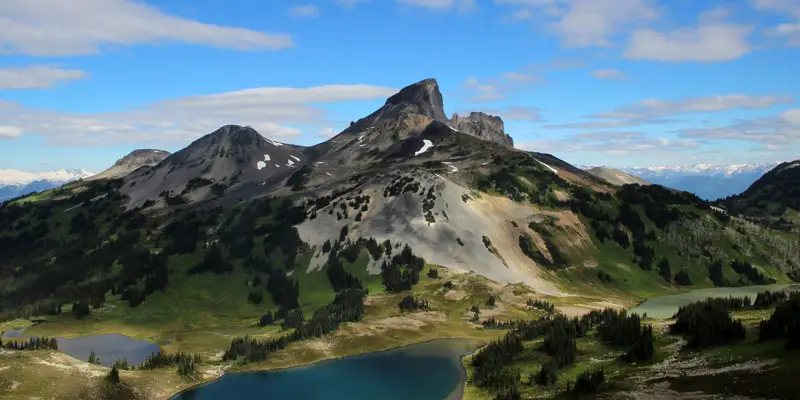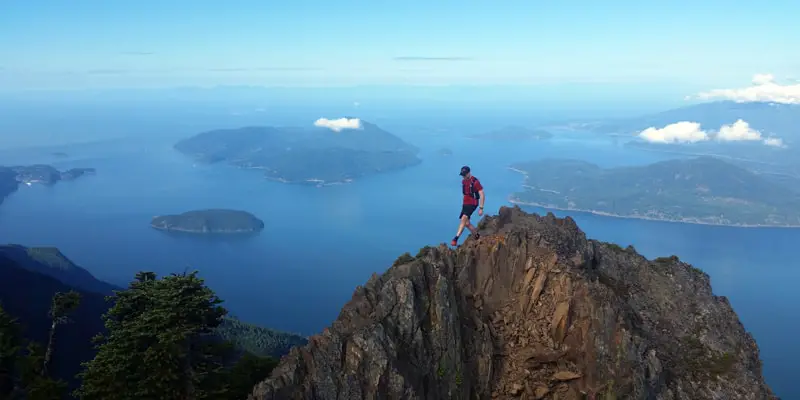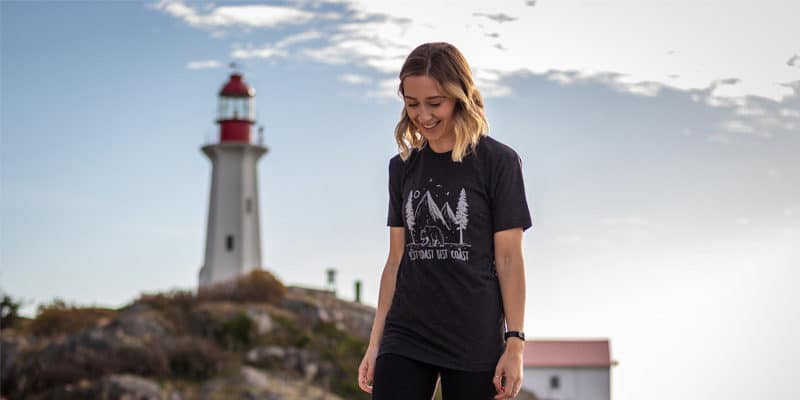 Photo by TylerIngram on Flickr.
Photo by TylerIngram on Flickr.
In case you haven’t noticed…it’s freakin’ hot out! If you’re like me, you don’t want to stay indoors all weekend, hiding in your house and air conditioned buildings. Getting outside in the heat can have its consequences though if you’re not prepared for it. Here is some advice on how to stay cool and avoid heat-related illnesses.
First of all, Health Canada has a detailed background article which covers everything from what factors cause extreme heat to how your body maintains a core temperature:
Health Risks of Extreme Heat Events
Heat strain can result in several heat related illnesses. Some of these are direct effects, and include:
- heat exhaustion
- syncope (fainting)
- cramps
- heat stroke
A heat stroke (or sun stroke) is a true medical emergency. Dial 911 immediately. During heat stroke the victim will have a body temperature that is above 40-41 °C, but they will have stopped sweating. They may also have:
- a throbbing headache
- dizziness
- confusion
- nausea
Its important to recognize these symptoms and know what to do when you see them, but like with any safety issue prevention is always the best medicine. Here’s some basic tips on how to keep cool:
- The key to keeping yourself from becoming overheated is to keep your body well supplied with its coolant—water. That means drinking before and during exercise. For about every thirty minutes of exercise, a person should drink about a cup of water or sports drink
- Bring plenty of extra water/ drinks with you – don’t rely on streams
- Drink plenty of fluids and don’t wait until you are thirsty to drink (thirst is a sign of dehydration)
- Avoid fluids that contain alcohol, caffeine and large amounts of sugar as these liquids may actually cause you to lose more body fluid
- Avoid sunburn – use strong sunscreen and chapstick – even if its cloudy, and re-apply regularly
- Wear lightweight, light-coloured, loose-fitting clothing and a brimmed hat
- Hiking sandals may be an option given the activity
- Limit daytime outdoor activity to early morning and late afternoon
- Take regular breaks, out of the sun
- If you have to stand in a hot environment, flex your leg muscles regularly and try to rest often in shady areas.
- Hike with a partner – even if you are prepared heat-related injury can strike suddenly, and you will want help
If you’ve done all the prevention, but are still noticing some of the signs, you need to know how to treat heat-related illness. Here’s what to do:
Heat Cramps:
- Heat Cramps are basically muscle cramps. They happen when dehydrated muscles clamp up in an attempt to hold onto the water they have left. They usually occur in the whichever muscles are being used most. A soccer player or sprinter, for example, would get them in his calf muscles.
- Treatment of heat cramps is straightforward and self-administered. Stop the activity, go to a cool place if possible, and drink cool liquids. Gentle massage or firm pressure to the affected muscles will relieve the cramping. It’s okay to resume the exercise when the cramps are gone
Heat Exhaustion:
- If you’re a victim of heat exhaustion , you will feel a little bit light-headed or dizzy and will probably develop heat cramps. You may also feel nauseous, a bit disoriented, and you will usually be sweating profusely. As heat exhaustion progresses, you will first look very flushed, and then become pale.
- Give heat exhaustion patients lots of water with a teaspoon of salt per liter if you have salt (or eat salty snacks). Let them rest plenty, and get into a cool an area as possible
Heat Stroke:
- Heat Stroke is the most serious of the heat conditions and is considered a medical emergency. People with heat stroke may have the symptoms of heat exhaustion. However, their skin is hot and dry—not cold— because the body loses its ability to sweat and cool itself. People with heat stroke also have an extremely rapid pulse and may be delirious or combative and even pass out.
- Cool heat stroke patients as rapidly as possible. Douse with water, fan, and massage extremities. Evacuate as soon as possible (or call for help to arrive), just make sure you get professional medical attention ASAP
Sources: (I’ve paraphrased or cut/ copied from here)
– HealthLinkBC – Heat Related Illnesses: http://www.healthlinkbc.ca/healthfiles/hfile35.stm
– Health Library – Beating the Heat: Preventing and Treating Heat Exhaustion: https://healthlibrary.epnet.com/GetContent.aspx?token=c5987b1e-add7-403a-b817-b3efe6109265&chunkiid=14098
– Off Grid Survival – Preventing Heat Exhaustion: http://offgridsurvival.com/heatexhaustion/




Karl Woll
Tawcan, good point on the water treatment – I have an older post on just that: https://www.outdoorvancouver.ca/water-purification/
Gatorade crystals also smart
Slushee’s….if only 7/11 had stores on every summit heh?
VancityAllie
You forgot the most important part…. A HUGE SLUSHEE!!!!!!!!! :)
.-= VancityAllie´s last blog ..AQUASCAPES =-.
Tawcan
Great article, definitely make sure you carry enough water with you. If you’re planning on using the stream it’s a good idea to carry water treatments (i.e. pump, drops). It’s also a good idea to carry some juice/gatorade crystals with you.
Another sign that you might be dehydrated is if you haven’t went to the washroom in many many hours.